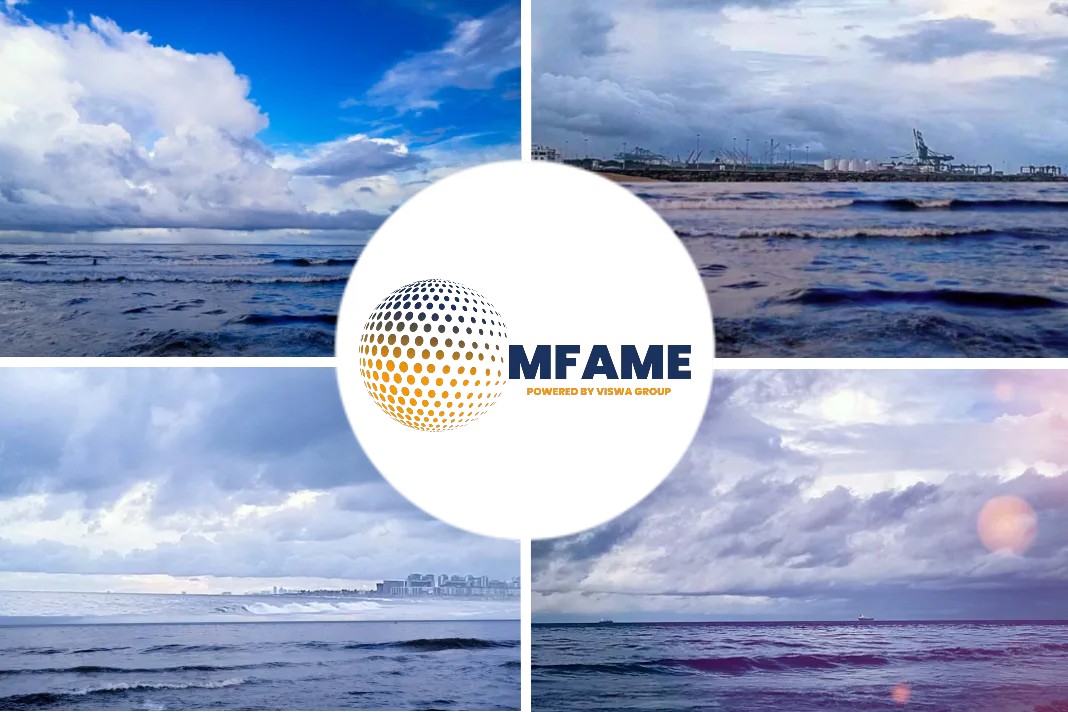A new global gas world order is being formed right now. We are specifically seeing the breakdown of a 50-year gas-based partnership between Europe and Russia.
Consequences
The consequences go far beyond that continent, as the partial isolation of Russia—until recently, the greatest gas exporter in the world—is felt on a global scale. All gas importers are vying for supplies from a single LNG “pool” in a mad dash.
Along with high costs for oil, coal, and fertilisers, high gas prices and eerie volatility are common occurrences and are particularly onerous for developing nations. Gas prices have occasionally exceeded $500 per barrel equivalent. Suppliers are changing the way they do business, while producers are reevaluating their possibilities and looking for new chances to create alternative supply sources.
Winter demand
Peak winter demand is approaching in both Europe and Northeast Asia, heightening the short-term hurdles and creating the possibility of a supply-demand tug-of-war. The exposure to the market is asymmetrical. Because of its long-term contracts, Asia is more protected from the crisis, but due to a lack of large gas storage capacity, it is still vulnerable to the volatility of the spot market, particularly the Platts JKM benchmark LNG price. Given the lesser number of long-term contracts, Europe is more exposed to spot markets, but it has strengthened its defences by filling its storage to over 90% of capacity. At the end of the month, senior industry leaders will gather in Abu Dhabi for ADIPEC. The area has enormous discretionary resources, though not unlimited ones and the flexibility to switch supply between the East and West depending on the situation.
Two points should be emphasized in the longer term.
First, within Europe, there is no going back to the status quo ante once the Russian-Ukrainian conflict finds some sort of resolution or stasis. The foundation of the 50-year partnership was trust, and that trust has now been irreparably shattered. In addition, regardless of politics, the unhealthy dependencies and vulnerabilities of the relationship between Europe and Russia regarding gas have been exposed for all to see. 33% of Europe’s gas needs were met by Russian supplies. It rose as high as 38% for the EU. This was obviously too much. The current EU strategy, or at least its goal, is to eliminate Russian gas imports by 2027. This goal is unlikely to be accomplished, but Russia’s market share will likely drop to, at most, half of what it was previously. Russia will shift its focus to the East in the meanwhile, though it will take more than ten years to raise its export volumes to levels comparable to those going west.
The second point is that the crisis has added further impetus to the energy transition, at least in Europe. It is true that the need to bring back emergency coal supply has led Europe to withdraw, but this is only a short-term tactical retreat. The longer-term strategic solution is to increase the use of locally available, low-carbon resources as soon as practicable. Therefore, it is uncertain if there will be a long-term shift in the supply of gas away from Russia and toward new sources in North America, the Middle East, and Africa, or if there will be a rejection of natural gas and a rapid acceleration of renewable energy at the expense of natural gas.
What has been the response of LNG developers?
The UAE has proposed plans to build liquefaction facilities, and Qatar is moving forward with its massive investments in the Middle East. ADNOC intends to double its LNG production capacity by 2026. Over 50 Mmtpa worth of core long-term LNG contracts have recently been signed, mostly by US companies. Although these developers are likely more long-term oriented on the emerging countries for growth, they see the European crisis as a chance to launch projects early than they otherwise would have.
As a result, the industry still believes in LNG in particular and the long-term growth narrative for natural gas in general. Discussions at ADIPEC will focus heavily on the related topics surrounding the ideal business model, financing, expenses, and the speed and ramifications of the energy transition.
Did you subscribe to our newsletter?
It’s free! Click here to subscribe!
Source: Reuters


















